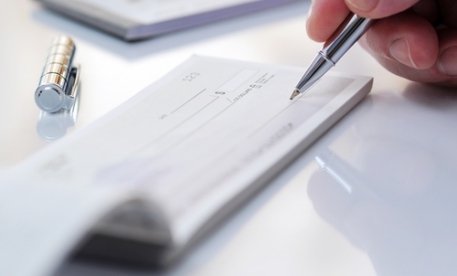Innovating Bill Payment In India

Many a player has had their eye on the opportunities inherent in centralizing the bill payment system in India. The problem has always been the cost to create a biller network that could serve multiple billers in such a large country. The Reserve Bank of India has recently proposed a recommendation to centralize the bill payment system which could also offer private companies the opportunity to innovate on top of their network and enable payment. Get the details.
The Reserve Bank of India (RBI) with its GIRO Advisory Group (GAG) and issued a recommendation to centralize the current inefficient multiple bill system. After analyzing the bill payment industry in India, they created a solution that intends to lessen the dependence on cash and biller’s infrastructure and build a two-tiered structure.
The current system presents a large number of billers with non-inter operable biller-specific infrastructure. Consumers continue to be skeptical about payment methods and so a large proportion of bills are paid at the billers’ location. This keeps costs high and requires travel as billers’ locations are usually only found in urban areas. Other physical points include check drop boxes, aggregators, banks and agents. In India, electronic payments only account for a tiny proportion of transactions. They are, in diminishing order of use, direct debit (INR 176 Bn in 2013, growing at 5% y-o-y), cards and bank accounts. Another factor is the lack of internet access available and then even those who have the opportunity and will must access different sites.
In order to find a solution to solve the issues facing the billing industry in India, GAG issued a set of recommendations last May. The recommendations affirmed that there is a need for a centralized system which offers easy access, multiple payment options, confirmation of transactions (i.e. via SMS), e-banking, m-banking and Interactive voice Response Solutions (IVRS).
Past simplifying bill payment, it was recommended that a new system should also provide additional services (i.e. educational and financial services). It should also cut on billers’ costs and enhance consumer confidence and the payers should feel secure and comfortable with their option.
Having considered multiple options, GAG recommended forming a two-tiered structure for the bill payment system which will operate under a single brand, Bharat Bill Payment Service (BBPS). GAG looks to leverage the current intermediaries who facilitate aggregation of billers, providing back-end solutions and linking them to front-end platforms.
The Bharat Bill Payment Services (BBPS) will standardize processes and information sharing while promoting the brand. The other tier, the Bharat Bill Payment Operating Units (BBPOUs) will sign up billers and aggregators and handle payments.
The BBPS will be a non-profit organization in charge of standardizing information exchange and operational processes (centralized payment, clearing and settlement processes, etc.). Among its duties it will be the final dispute escalation point, enhance consumer confidence, promote the brand and set up a website on behalf of the brand for online payment of bills.
On the other hand the GAG suggested creating multiple competing for-profit BBPOUs subject to BBPS rules. They would be in charge of on-handling billers and aggregators, managing consumer disputes and providing value added services to agents. Multiple and competing units would carry the benefit of efficiency and wide geographic reach which is especially important given the multiple regional billers. There is also the opportunity for the appearance of niche players who can provide specialized services. Simultaneous efforts to find optimal business models will promote efficiency.
The RBI envisions that this system will cater to the needs of various players involved in bill payment and provide accessible services across the country. The RBI committee estimated that this will take 9-12 months to create but other stakeholders suggested it would be much longer.
